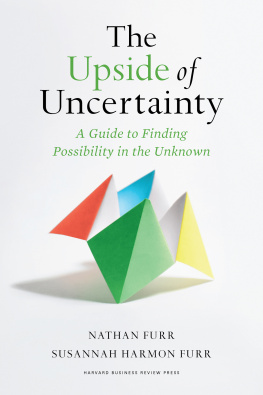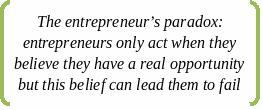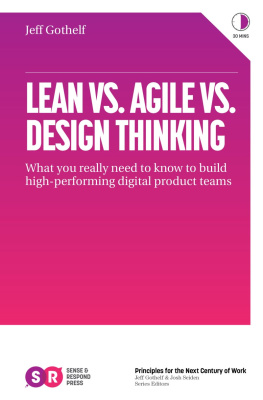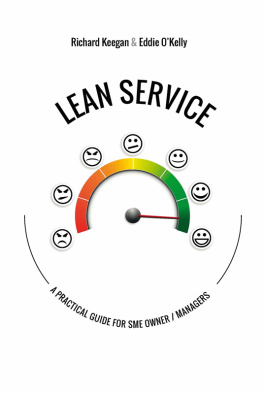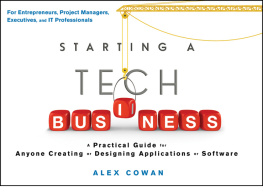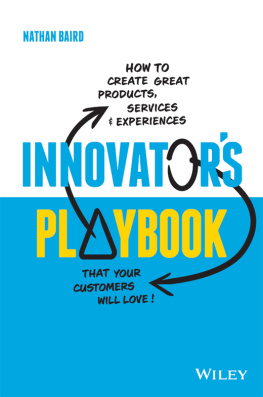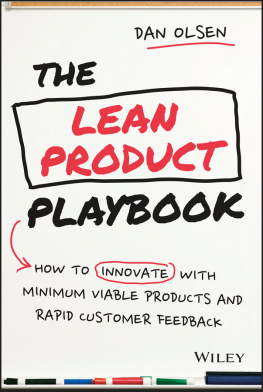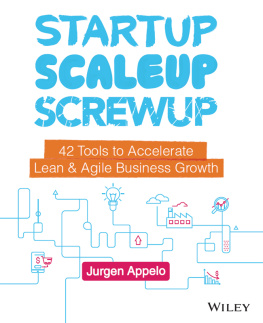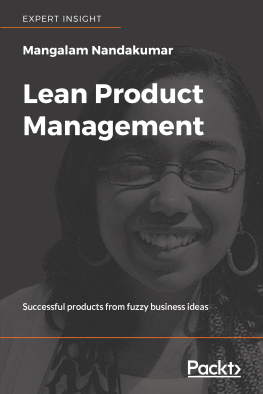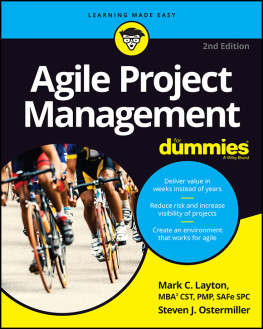No part of this publication may be reproduced, stored in or introduced into a retrieval system, or transmitted, in any form, or by any means (electronic, mechanical, photocopying, recording, or otherwise), without the prior permission of the publisher. Requests for permission should be directed to , or mailed to Permissions, Harvard Business School Publishing, 60 Harvard Way, Boston, Massachusetts 02163.
At some point soon, please take a trip physically or virtually to New York City, Hong Kong, Singapore, and Dubai. In New York, go to the intersection of 6th Avenue and 57th Street and start walking south, away from Central Park. On the left side you will see Rockefeller Centera set of skyscrapers that were built in the 1930s. Then look to your right, where you will see a set of even bigger skyscrapers designed and built in the 1960s. These are masses of rectangles and right angles reaching into the sky, differentiated only by the type of siding that was used and whether they had sixty or seventy stories.
Then go to Hong Kong, Singapore, and Dubai and contrast their skylines with those on the Avenue of the Americas in New York. Most skyscrapers in these cities that have been built in the last fifteen years are unique to the world. Most are very attractiveand some are truly stunning. The curves, angles, accents, and statements are unique to each building. What has changed? Have the architects simply become more daring and creative? Are the architects in those cities simply better at design than American architects?
The answer: No. Rather, the software that architects have been using in Hong Kong, Singapore, and Dubaiand around the worldhas become so sophisticated that if an architect changes an angle, adjusts the weight-bearing or a new curve in an H-beam, or adds a new type of weld to be used in an ornament jutting out on the 23rd floor, the software automatically recalculates the design of every other piece, showing what each one needs to do and where it must be placed to account for interdependencies mandated by the unusual element of each piece. The softwares power to calculate all the interdependencies among the elements of these massive skyscrapers has yielded a set of rules that say If this, then that. These rules are not of the sort that say Dont do this, because we have no idea what will happen. The rules of causality actually emancipate artistry in design.
The reason why skyscrapers designed in 1960s had so little differentiation is that there was little latitude for creativity: anything that was not a standard straight beam or a 90-degree angle was risky and very, very costly. Even the best architects struggled to come up with all the adjustments they needed to implement elsewhere in the structure to account for anything that was unusual.
So how does this relate to management? Historically, management is about straight lines and right angles. The tools of traditional business planningthe softwarethat managers use today have helped them perfect the art of analyzing, planning, and executing when the problem is standard and the interdependencies are known. But innovation is about uncertainty and nonstandard processescurves and weird anglesand the management literature and the tools we use have not yet caught up with the new kinds of problems that managers and innovators face. New software is neededa new set of guidelines and rulesthat managers can use for facing high uncertainty problems.
Furthermore, although most companies are laced throughout with interdependencies, most executives actually know little of what they are or how they interact. Some interactions in a company are static, occurring at a given point in time. Others are dynamic, doing their work over time. The reason why many executives and employees adhere to standard processes is that changes in interdependent processes are time-consuming, risky, and costly. Standard processes mitigate innovation, but many managers instinctively opt for less innovation nonetheless in their quest for order.
Executives face these paradoxes in part because so few researchers of business have achieved the comparable exquisite understanding of business interdependencies that software has brought to architecture. Many more of us must follow the lead of these few, because the impact these researchers have had on understanding systemic interdependencies of processes and organizational structure has been profound. For example, Steven Spear and Kent Bowen conducted a remarkable study of the Toyota Production System, examining the complete process of production in industries from health care to aluminum. From this deep understanding they were able to distill four rules for managing (summarized in the HBR article Decoding the DNA of the Toyota Production System) that went beyond what prior researchers had tried to describe in simplistic terms. Similarly, in The Anatomy of Peace , Terry Warner and his colleagues at the Arbinger Institute chronicled the interdependent process by which conflict is created and resolved. Edgar Schein studied from beginning to end the process through which culture is created and resists change, summarized in his book Organizational Culture and Leadership . And finally, Chet Huber wrote Detour: My Unexpected, Amazing, Life Changing Journey with OnStar . As the innovator who built this very successful company within General Motors, Huber explains the static and dynamic interdependencies within the company. Huber did what nobody thought was possible, because he in fact distilled from his own experience and the research of a few others a set of rules: If this, then that.
I owe much to these and a few other researchers and writers who have taught me to relish rather than retreat from the study and use of interdependencies in business and academia, in church, and in my family.
And for this reason I thank Professors Dyer and Furr. With The Innovators Method , they are the first researchers I am aware of who have attempted to chronicle the process of innovation from beginning to endlaying out the static and dynamic interdependencies that historically have made innovation so hard. If one faces a high uncertainty problem, then the tools of lean start-up and design thinking they describe are valuable innovation tools. They, along with many others, are helping to build the management equivalent of the software architects use today to create amazing new structures.
With my gratitude,
Clayton M. Christensen
Professor, Harvard Business School
As a successful scaled company, you cannot
run the ship the way you used to. Youll get
run over by a swarm of start-ups .
Scott Cook, Founder and Chairman of
the Executive Committee, Intuit
H AVE YOU EVER come up with an idea for a new product or service that you thought would be very cool, but didnt take any action because you thought it would be too risky? Or maybe you just didnt know how to take the next step? Or at work, have you had what you thought could be a big idea for your companyperhaps changing the way you develop or distribute a product, provide customer service, or hire or train your employees? The fact is, most of us have these kinds of ideas at one time or another. But neither we, nor our companies, are very good at taking advantage of them. Why? Because typically there is significant uncertainty around whether these ideas will work. They are risky. And most individualsand especially companiesare programmed to avoid risk. But what if you could take much of the risk out of it? What if you knew a process to quickly test and validate whether the idea had merit?


